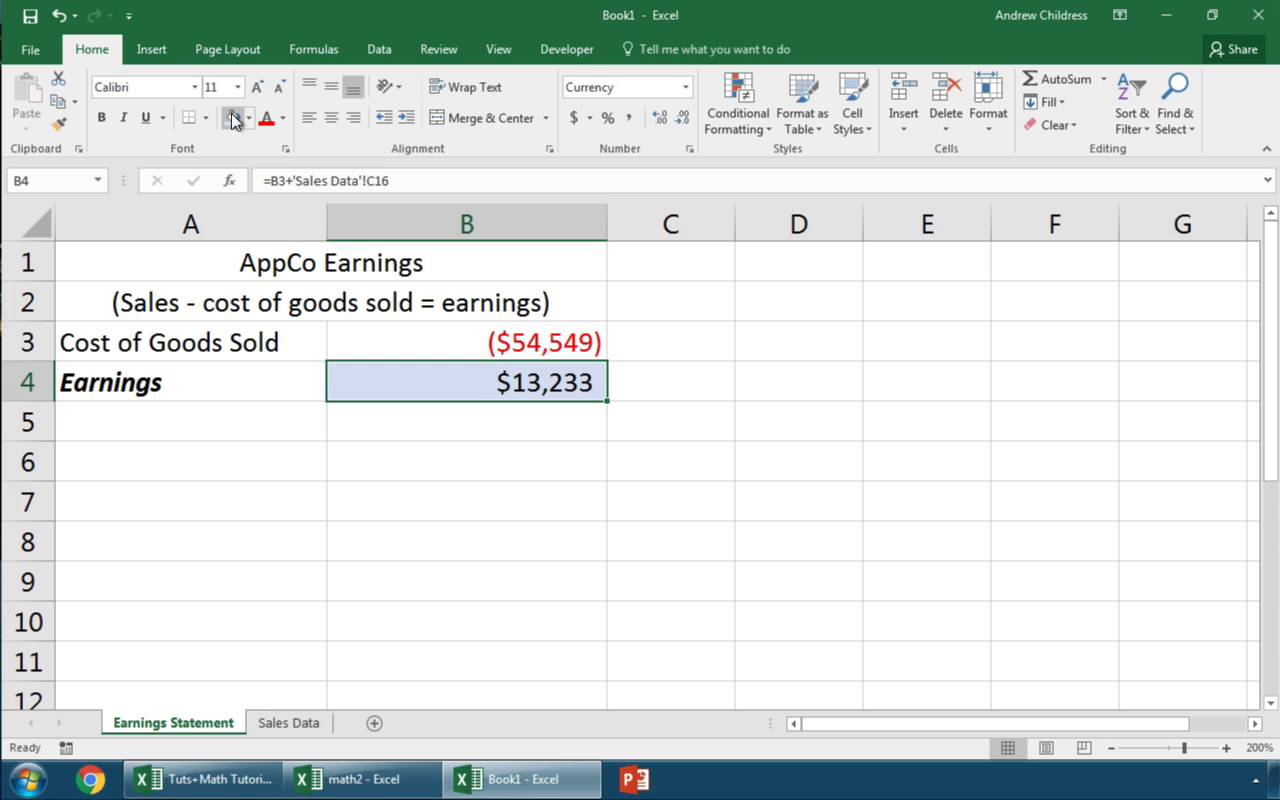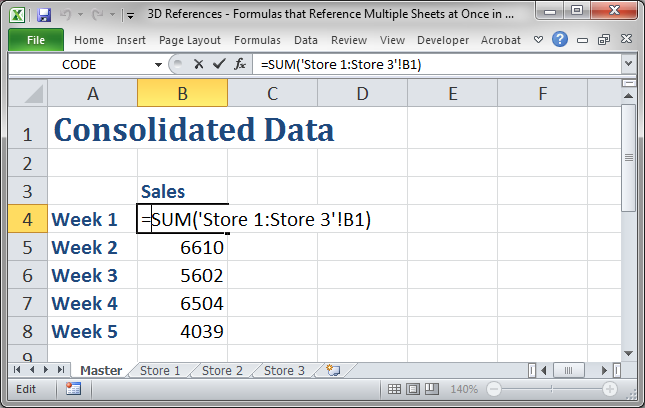5 Ways to Seamlessly Link Excel Sheets Together

In the realm of data management and analysis, Excel remains an indispensable tool for professionals across various industries. One of its most powerful features is the ability to link multiple sheets together, allowing for dynamic data manipulation and streamlined workflows. Here are five effective methods to link Excel sheets, enhancing your productivity and data organization:
1. Using Excel’s Built-In Hyperlink Feature

Hyperlinks in Excel aren’t just for websites; they can also direct you to other sheets or cells within the same workbook or even different files. Here’s how to set one up:
- Right-click on the cell where you want to place the hyperlink.
- Select Hyperlink from the context menu.
- Choose Place in This Document if linking within the same workbook, or Existing File or Web Page for external links.
- Navigate to your desired location and click OK.
🌟 Note: Hyperlinks are particularly useful for large spreadsheets where users need to jump between sections frequently.
2. External References

External References or external links allow you to bring data from another Excel file into your current workbook. This method is crucial for integrating data from various sources:
- In your Excel sheet, type an equals sign =.
- Go to the workbook from which you want to pull data.
- Navigate to the sheet, click the cell you want to link, then press Enter.
- The formula in your cell will now read like =[Workbook_Name]Sheet_Name!Cell_Address.
🛈 Note: Ensure that you have access to the linked Excel files to avoid #REF errors when they’re not available.
3. Data Consolidation

If you’re dealing with multiple sheets containing similar data structures, Data Consolidation can help:
- Go to the Data tab.
- Select Consolidate from the Data Tools group.
- Choose the Function you want (e.g., Sum, Count, Average).
- Add references to the sheets you want to consolidate by clicking on each sheet and selecting the data range.
- Click OK to combine the data from all specified sheets into one summary sheet.
4. Power Query (Get & Transform)

For advanced data manipulation, Power Query provides an intuitive way to combine data from multiple sources:
- Open Excel and go to the Data tab.
- Select Get Data then From Other Sources > From Workbook.
- Locate and select the Excel workbook you wish to query.
- In the Power Query Editor, combine or merge queries from different sheets as needed.
- Load the result into a new worksheet.
📝 Note: Power Query is part of Excel’s Business Premium and Office 365 ProPlus. Ensure you have the correct licensing.
5. Excel VBA Macros

For complex linking scenarios, VBA (Visual Basic for Applications) can automate the process:
- Open the Developer tab (If not visible, go to File > Options > Customize Ribbon and check Developer).
- Click Visual Basic or press Alt + F11 to open the VBA Editor.
- Insert a new module and write your VBA code to link the sheets as desired.
Each method has its strengths, depending on your specific needs, such as user interaction, data volume, or automation requirements. By mastering these techniques, you can ensure that your data is not only well-organized but also easily accessible and manipulable:
What happens when an Excel file with external references is moved?

+
When an Excel file with external references is moved, it may result in broken links, causing #REF errors. You’ll need to update the link paths or move the files together to ensure continuity.
Can Excel link to other types of files besides Excel files?

+
Yes, Excel can link to other file types through Power Query, which can connect to databases, web pages, and various file formats including CSV, XML, and JSON, among others.
How do I update external references if the source file changes?

+
Excel will prompt you to update links when opening a workbook with external references if the source has changed. You can choose to update or keep the current values. Regular updates can be automated through VBA.



